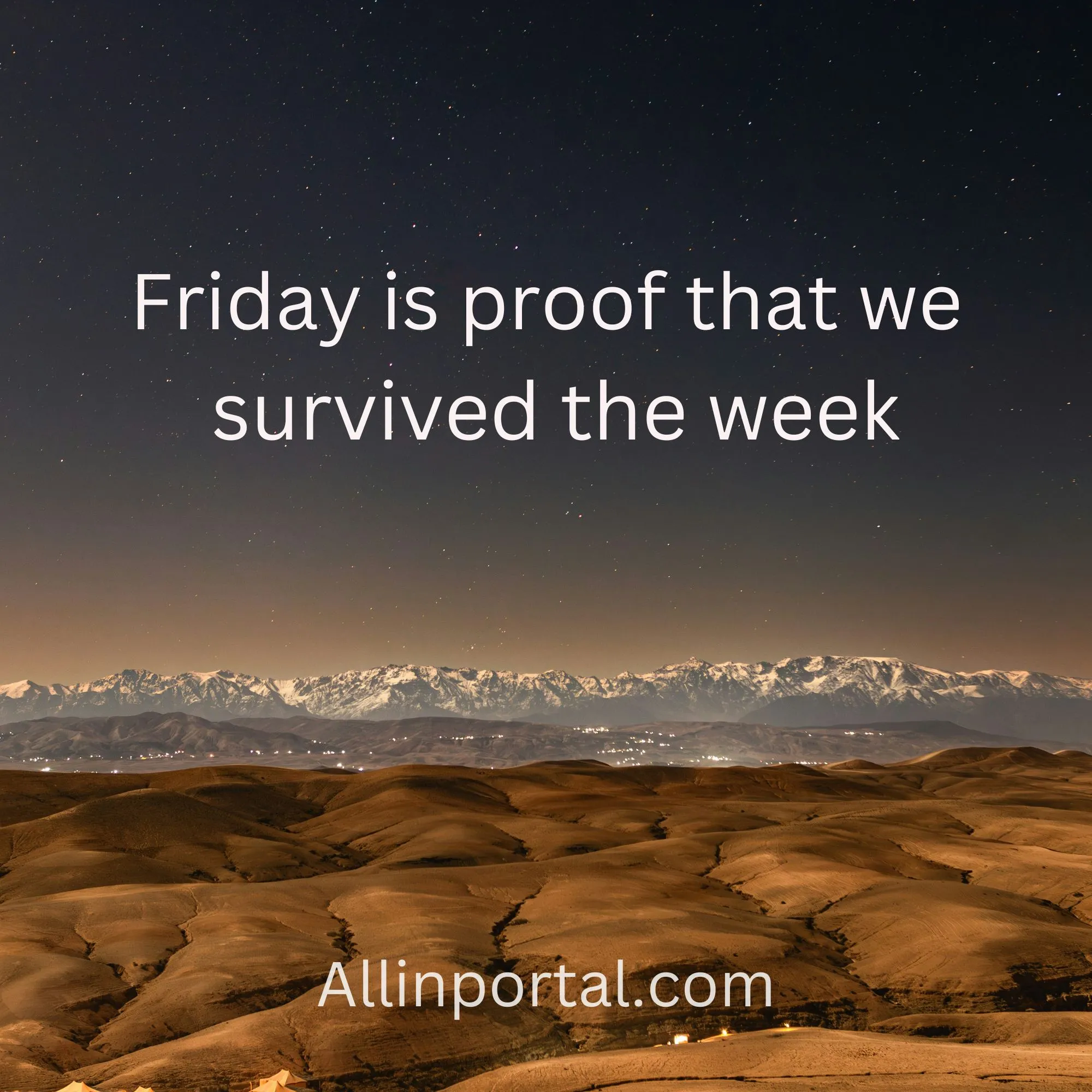
Table of Contents

The Rise of Emergency Medical Holograms
In the ever-evolving world of healthcare, technological advancements are continually reshaping the landscape of medical treatments and patient care. One such innovative breakthrough is the development of emergency medical holograms, which are rapidly becoming an integral part of emergency medical services (EMS). These holograms hold the potential to revolutionize the way healthcare providers respond to critical situations, bringing about positive changes in emergency care.
This article explores the potential of emergency medical holograms in reshaping the medical field, enhancing patient outcomes, and creating a more efficient, accessible healthcare system. The integration of power words, such as “innovation,” “empowerment,” and “revolutionary,” along with an understanding of the number of lives these technologies can impact, shows how emergency medical holograms could change healthcare for the better.
1. Understanding Emergency Medical Holograms
What Are Emergency Medical Holograms?
Emergency medical holograms represent a groundbreaking intersection of augmented reality (AR), holographic imaging, and medical technologies. These holograms display lifelike, 3D images that help medical professionals visualize patients’ internal organs, diagnose injuries, and provide real-time assistance in emergency situations. The technology involves using advanced sensors and imaging software to create detailed, interactive holograms of a patient’s body, allowing medical teams to examine the body from multiple angles without the need for invasive procedures.
How Emergency Medical Holograms Work
The core idea behind emergency medical holograms is to use 3D holograms to assist medical teams in understanding a patient’s medical condition instantly. These holograms are typically projected in front of medical personnel during emergencies, offering a clear visual representation of the patient’s internal structures—such as bones, organs, and tissues. Emergency medical holograms could use data from CT scans, MRIs, and ultrasound results, which are then converted into realistic, interactive holographic images for real-time analysis.

2. The Power of Emergency Medical Holograms in Saving Lives
Saving Time with Instant Diagnosis
One of the primary benefits of emergency medical holograms is the potential to save critical time during emergency situations. In high-pressure medical emergencies—where every second counts—holograms can provide healthcare professionals with instantaneous, detailed visualizations of a patient’s condition. Instead of waiting for imaging results or relying on traditional diagnostic tools, medical professionals can use holograms to diagnose and treat patients on the spot, dramatically improving patient survival rates.
Enhanced Decision-Making for Medical Teams
In an emergency, decision-making is often made under immense pressure. Emergency medical holograms provide a visual, real-time tool for doctors and paramedics, allowing them to make more informed and precise decisions. For example, if a patient arrives with severe trauma, a hologram can immediately display the location of injuries, fractures, or internal bleeding, guiding the medical team to make accurate treatment decisions without delay.
3. Positive Impact on Patient Care: The Benefits of Medical Holography
Improved Patient Experience and Care
Holograms can provide a personalized experience for patients, especially those in high-stress situations. With emergency medical holograms, doctors can communicate more effectively with patients and their families, explaining their conditions and treatment plans with ease. The ability to visualize medical issues in a tangible way can enhance trust between the healthcare provider and the patient, ensuring that patients feel more confident about their treatment options.
Reducing Errors and Improving Accuracy
One of the most powerful aspects of medical holography is the ability to reduce human error. In high-stress situations, it is easy for healthcare providers to make mistakes in interpreting complex medical data. Emergency medical holograms reduce the risk of errors by providing a clear, interactive view of a patient’s anatomy. Medical professionals can assess multiple data points and gain a comprehensive understanding of the patient’s condition before making treatment decisions. This, in turn, leads to fewer misdiagnoses and improved patient outcomes.

4. Revolutionizing Emergency Medical Response with Holograms
Faster, More Efficient Triage
Triage, or the process of prioritizing treatment for patients based on the severity of their condition, is a critical part of emergency medicine. In chaotic environments like emergency rooms or disaster zones, triage can be a challenging process. By using emergency medical holograms, medical personnel can quickly assess the severity of injuries and allocate resources more efficiently, ensuring that the most critical patients receive the care they need immediately.
Mobile Emergency Medical Holograms for Field Use
A fascinating development in the field of emergency medical holograms is the creation of portable holographic systems for use in the field. First responders and paramedics could use these systems to analyze a patient’s condition on-site, allowing them to provide more accurate and timely interventions. These mobile systems are lightweight, user-friendly, and designed to be used under challenging conditions. With these tools, medical teams can bring advanced diagnostic capabilities directly to the scene, improving emergency response times and enhancing the chances of survival for critically injured patients.
5. The Future of Healthcare: Expanding the Role of Holograms
Integrating Emergency Medical Holograms into Telemedicine
The future of healthcare lies in its ability to integrate new technologies with existing systems to create a more connected, efficient ecosystem. Emergency medical holograms are poised to work hand-in-hand with telemedicine services, enabling doctors to consult with remote patients via holographic imaging. For instance, a doctor in a remote location could use emergency medical holograms to guide a paramedic through complex procedures, providing live, visual support in critical situations. This integration will make healthcare more accessible to underserved populations, improving global health outcomes.
Holograms in Training Future Healthcare Professionals
Beyond emergency situations, holographic technology can significantly enhance medical education. Holograms enable medical students and professionals to interact with 3D models of the human body, exploring different pathologies and practicing complex procedures without the need for cadavers. By incorporating holographic simulations into training programs, the next generation of healthcare providers will have a deeper understanding of human anatomy and medical procedures, fostering better-prepared doctors and nurses.

6. The Role of Emergency Medical Holograms in Disaster Response
Holograms for Disaster Relief Operations
Natural disasters, mass casualties, and large-scale accidents can overwhelm healthcare systems and medical staff. Emergency medical holograms can provide a unique solution to these challenges by improving the coordination and delivery of care during large-scale disasters. By offering real-time, 3D visualizations of injuries, healthcare providers can assess and prioritize care more effectively, reducing the burden on overwhelmed hospitals and emergency departments. Holographic systems can also assist in tracking patient movement and ensuring that resources are distributed efficiently in a disaster zone.
Optimizing Emergency Medical Evacuations
Evacuations in disaster zones often involve transporting patients to hospitals or care facilities under chaotic circumstances. Emergency medical holograms can be used to monitor patients during transport, helping healthcare workers track patient vitals, identify injuries, and make critical decisions while en route. This technology could improve the chances of survival by ensuring that patients receive timely interventions even before reaching a medical facility.
7. The Positive Sentiment Behind Emergency Medical Holograms
Empowerment of Medical Professionals
Emergency medical holograms bring a sense of empowerment to healthcare workers. In an environment that is often fraught with uncertainty and pressure, holograms can help professionals feel more confident in their decision-making process. By providing clear, actionable data in real-time, these systems reduce stress and foster a sense of mastery over medical challenges.
Improving Public Health Through Technology
The integration of emergency medical holograms into healthcare systems isn’t just about improving medical outcomes for individuals; it’s about improving public health on a broader scale. By enhancing emergency care, reducing treatment errors, and facilitating faster, more effective medical interventions, this technology contributes to the overall health of communities. The widespread adoption of emergency medical holograms could lead to better public health management, especially in areas with limited access to advanced healthcare resources.

Conclusion:
The development of emergency medical holograms represents a leap forward in healthcare technology, offering a powerful tool for improving patient outcomes, empowering healthcare professionals, and transforming emergency medical services. By utilizing positive, revolutionary technologies like these, the healthcare industry can pave the way for a brighter future, where lives are saved more efficiently, and care is more accessible and accurate.
The positive sentiment surrounding the use of emergency medical holograms is not just about the technology itself but the lives it can impact—those of patients, doctors, and entire communities. As these holograms continue to evolve, their influence will only grow, paving the way for a healthier, more connected world.
FAQs
- What are emergency medical holograms?
Emergency medical holograms are 3D holographic images used in medical emergencies to visualize a patient’s internal anatomy, providing healthcare professionals with instant diagnostic data. - How do emergency medical holograms improve patient care?
They allow medical teams to make quicker, more accurate decisions by providing real-time, interactive 3D visualizations of the patient’s condition, reducing errors and saving critical time. - Can emergency medical holograms be used in disaster situations?
Yes, holograms can assist in disaster relief by providing real-time patient assessments and improving coordination and treatment in mass casualty scenarios. - What is the potential of emergency medical holograms in telemedicine?
They could enable doctors to remotely assist healthcare providers in emergency situations, offering visual guidance and support in areas lacking immediate medical expertise. - What is the future of emergency medical holograms?
The future includes more widespread adoption of holograms in both field emergencies and healthcare training, enhancing medical services and improving global health outcomes.















Leave a Reply